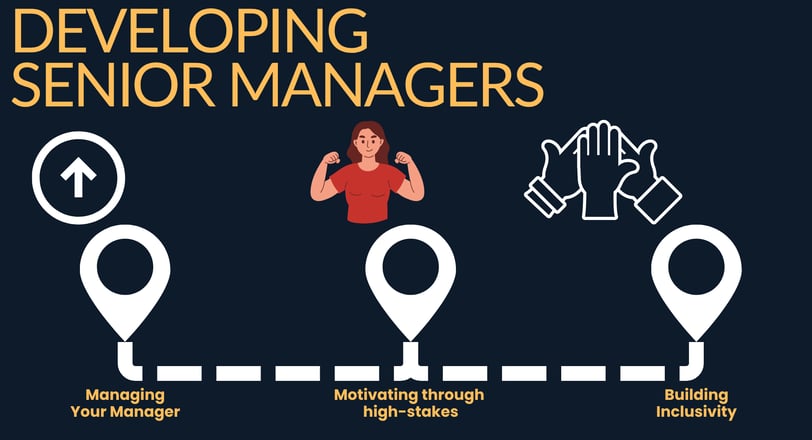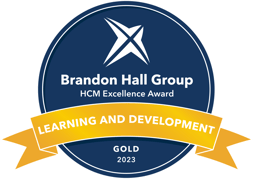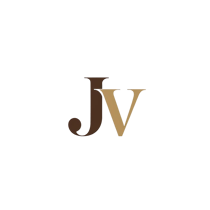

Approach
Revamped the previously established program by:
Conducting a needs analysis and stakeholder interviews to identify what wasn’t working and what was missing
Realigning program design with internal business metrics and aligning each concept taught to relevant company goals.
Introducing a 90-day follow-up measurement to better track long-term retention and impact
Employee Profile
Participants were newly promoted Senior Managers stepping into roles that required leading other managers for the first time. Many had strong functional expertise but limited experience influencing across teams or communicating upward. They faced increased complexity, broader scope, and higher expectations around strategic thinking, people development, and cross-functional collaboration
Primary Skills Applied: Needs Analysis | Stakeholder Interviews | Survey Design | Vendor Management
Problem
The organization had received consistently poor feedback on past development efforts for senior managers. Participants cited current leadership modules limited in practical relevance, lacking engagement, and having minimal long-term impact. There was a clear need to rebuild the program with greater strategic focus and measurable outcomes.
Program Structure
The program was delivered in a modular format, with each session focused on key leadership challenges identified in the needs analysis.
Communicating priorities, pushing back effectively, and influencing senior stakeholders
Equipped participants with strategies to manage upwards with clarity and confidence
Challenges Faced by Leaders
What We Did
Struggling to lead teams through shifting priorities and high-pressure situations
Navigating larger, more diverse teams without the tools for inclusive decision-making
Provided tools to communicate with boldness and composure under stress
Build more self-awareness and reduce bias in leading and decision-making
Participant Takeaways
Each session introduced actionable tools and mental models to support real-world behavior change, including:
PARE Model for structuring upward communication (Purpose, Action, Reason, Evidence)
Boldness Framework for communicating entrepreneurial decisions under uncertainty
Trust Equation for building credibility in leadership conversations (Credibility + Reliability + Intimacy ÷ Self-Orientation)
Results & Impact
86% of participants rated the program highly for overall value. A 30% increase from the previous year
80% of participants were still applying program concepts 90 days post-program
99% satisfaction with SMEs and facilitators leading the workshops
Deliverables Created: Job Aids | Participant Workbooks | Facilitator Guides | Slide Decks


This program won an award!
